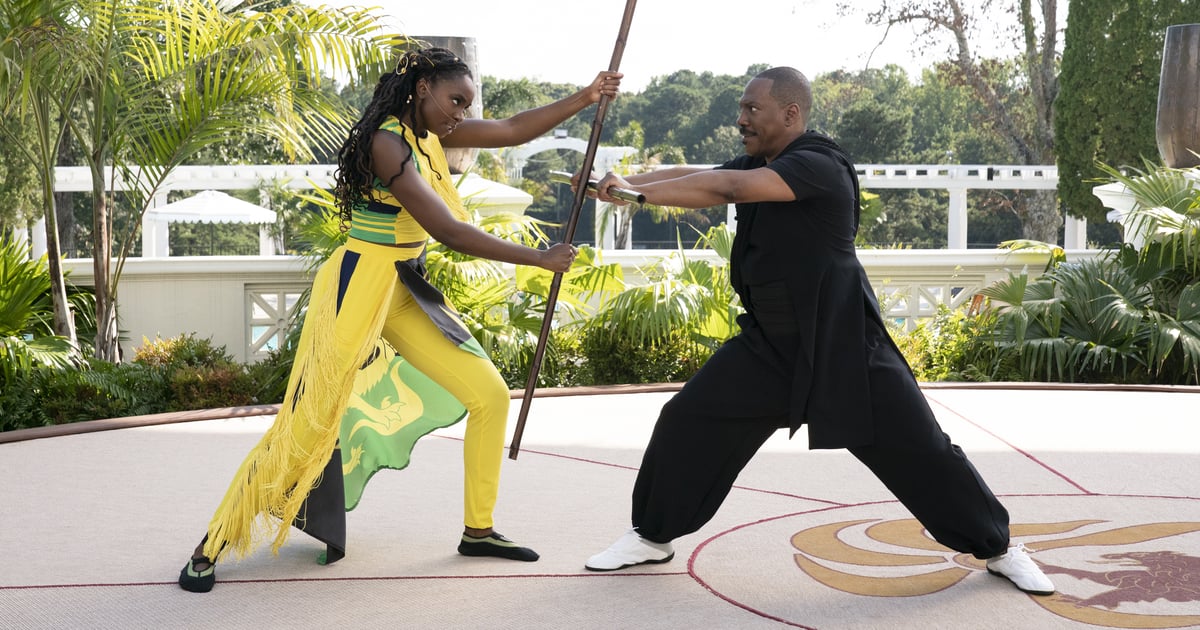CFDA and PVH Release Diversity, Equity and Inclusion Study | News & Analysis
The Council of Fashion Designers of American (CFDA) and American fashion group PVH have released a study of inequality in the fashion industry. The report aims to document the initial results of efforts US-based companies have made in recent years to foster fairer and more equitable access and development for underrepresented, and often discriminated-against, groups.
While the analysis recognises that the industry is working toward meaningful equality, the long-term results of such actions are not yet clear. Though more than half of respondents said they felt their organisations were making genuine efforts to improve diversity, equity and inclusion, people of colour are still widely underrepresented, especially at the executive level, and perceptions of the industry and its progress were much worse among Black respondents. About 16 percent of those surveyed do not believe those actions will result in lasting change, while 40 percent remain unsure.
The report is based on a survey of more than 1,000 fashion industry professionals across more than 41 companies, as well as focus groups with college students and emerging designers and one-on-one interviews with “key stakeholders.” The CFDA and PVH also mined data from McKinsey & Company to draw its final conclusions and recommendations. It follows on from a 2019 report by the CFDA and PVH that called out a pervasive lack of diversity in the industry’s upper echelons.
In the new report, nearly 60 percent of those surveyed recognised that the companies they work at had taken actions — either within the workplace or through marketing or external communications — to address diversity, equity and inclusion. Four out of five believed those actions to be “authentic.” Most respondents also believed that their companies valued diversity in the workplace.
However, 26 percent of respondents of colour believed that their race or ethnicity had negatively affected their career progression, with 42 percent of Black women and 27 percent of Asian women indicating they had experienced this. Many retail employees felt there was little opportunity to move to the corporate side of the business, despite the fact that fashion and retail companies have a long history of recruiting from their own stores. Many senior-level executives, the majority of whom are white, started their careers this way.
“It felt like I had no shot in moving up in the company, I worked at [a fashion brand] on the sales floor for years,” one Black student said in the report. “When I decided to leave, they were trying to offer me 30 more cents per hour to stay versus growing me within the company.”
Respondents also brought up the matter of “taste,” with many people of colour believing that their taste was questioned in the past because of their “perceived socioeconomic status.”
They were also concerned that the current focus on Black culture in the industry is opportunistic.
“Black students who were interviewed in our focus groups spoke about their perceptions and a shared view was put forward that Black culture is trendy right now, and their view is that brands are trying to capitalise on these trends,” the report said. “These students expressed scepticism and have real concerns about entering the fashion industry during this moment.”
They worried that when top industry executives begin to feel less pressure to address matters of race and inclusion, opportunities will diminish.
On the leadership level, there are still few women and people of colour. The report cited a 2019 McKinsey research report that showed employees of colour only made up 16 percent of the C-suite and 15 percent of board seats in the apparel and beauty industry, while people of colour make up 32 percent of entry-level positions. White men, on the other hand, filled 54 percent of C-suite roles, 72 percent of board seats and just 26 percent of entry-level positions.
Out of 10 leading fashion companies based in the US, there were only three people of colour at the C-suite level, and they were all chief diversity officers.
The study, which can be read in full on the CFDA’s website, also pointed to a number of opportunities for individuals, companies and the industry at large to drive positive change.
“With the study’s findings and toolkit, we look to industry stakeholders to support us in creating an industry that is diverse, equitable and inclusive,” CFDA chief executive Steven Kolb said in a statement.
Along with standard advice — offer unconscious bias training, listen without judgement, advocate and mentor those from underrepresented groups, speak out against injustice — the report also outlines ways in which members of the fashion industry, including educators, can specifically do better and track their own progress.
One important step is to ensure that underrepresented communities are made aware of — and given access to — education and job opportunities. Proper compensation — marking the end of unpaid internships and limiting contract gigs — can also help those who come from low-income backgrounds obtain positions within the industry. Finally, the group advised that organisations work to foster a better sense of belonging, first and foremost by hiring more people from underrepresented groups. Two out of three Black respondents said that they are frequently the only person of their race in the room — because of this, they felt an “increased pressure to perform.”
For the CFDA and PVH, these are not only recommendations for other companies, but also their own.
In 2020 during the height of the civil rights protests, the CFDA was petitioned by over 250 Black industry professionals to improve their anti-racism efforts.
“The fashion industry, both in the US and worldwide, has historically struggled with opportunities and pipelines for Black and Brown talent. We need to collectively address and change this,” said CFDA president CaSandra Diggs. “Our work with PVH will hasten the process and is key to CFDA’s overall DEI work around our IMPACT initiative, launching later this month to identify, connect, support and nurture Black and Brown creatives and professionals in fashion.”
At PVH, the majority of the senior leadership is currently white, and there are only three women in a nine-person c-suite.
“We have work to do at PVH. Together with our larger industry, we have a collective responsibility to lean in and drive real impact,” said the company’s new chief executive, Stefan Larsson. “This is as important as any business strategy and speaks more broadly to who we are as human beings and the impact we can have on society.”
Related Articles:
Activists Pushed Retailers to Back Black-Owned Brands. Here’s How Nordstrom Responded.
When Your Corporate Diversity Strategy Isn’t Enough
How Fashion and Beauty Can Better Engage with Black Businesses





